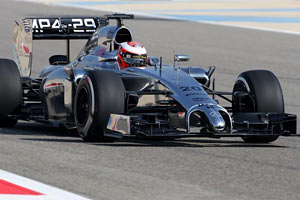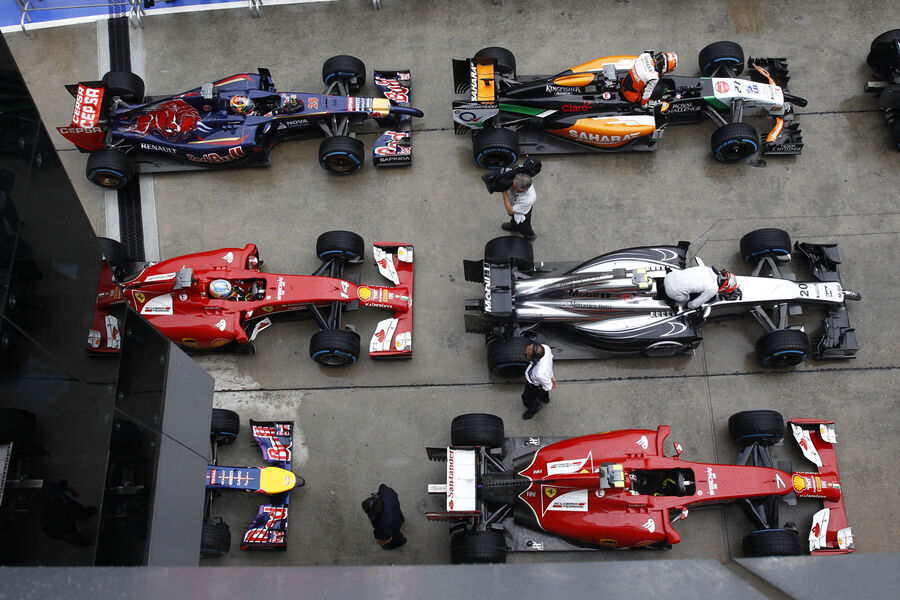The FI looks shorter and sleeker, yet they say it is overcooled. Since the components of the Merc package should be the same for both teams, I really wonder how the McLaren is not as sleek. Not to mention Williams with their tight back without cooling openings....ringo wrote:The nose is ok. It's the front wings and sidepods.
At the moment Force India have a better car, and they have a similar nose. Williams has a better car and they have a similar nose.
This is reminiscent of 2009 when they overlooked to outwash front wing design. They are going through a similar problem.
The wings are narrower this year, and they haven't gotten on top regaining the performance from it.
Note the offending coolings holes crowding out the top of the engine cover, and compare to the force India
http://img4.auto-motor-und-sport.de/Par ... 768880.jpg
removing the butterflies should allow the cooling to be better distributed out the rear of the car.
The nose can be brought back a bit like the mercedes as well. It does have a massive overhang over the wing.
This might not be in any way connected to their performance issues, but from the looks the McLaren has a very obstructed cokebottle.... makes you wonder if the butterfly could work better for them if they could shrink the large cooling outlets at the back.


